
Last Updated on August 28, 2025 by David
This article serves as an extensive resource for homeowners in East Renfrewshire who are considering the vital decision of hiring a professional for marble restoration. It emphasizes the dangers associated with DIY solutions and the inadequacies of standard cleaning services, especially when dealing with sensitive surfaces like marble. This guide offers valuable insights on:
- Recognizing the Importance of Professional Care for Marble Surfaces: Due to its porous characteristics and susceptibility to acidic or abrasive materials, marble needs expert care to prolong its lifespan and preserve its elegance.
- Avoiding Common Mistakes in Marble Restoration: Such as incorrect methods in grinding, polishing, or sealing that could lead to irreversible damage to the stone.
- Benefits of Hiring Professional Restoration Services: These include tailored restoration strategies, access to high-quality equipment, and ongoing protective measures for the marble.
- Essential Factors to Consider When Selecting a Restoration Company: Important criteria like expertise, transparency, local reputation, and clear communication regarding techniques and expected results.
In-Depth Analysis of Advanced Marble Restoration Techniques
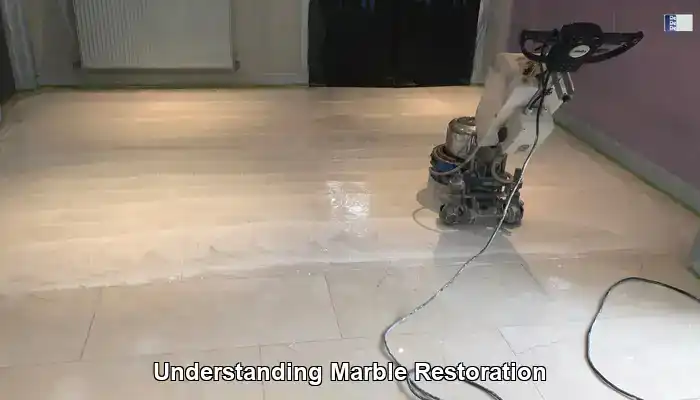
Marble surfaces symbolize elegance and sophistication, significantly enhancing the aesthetic appeal of homes, offices, and public venues. However, maintaining their dazzling appearance can become increasingly difficult over time due to wear and tear. This raises a crucial question: Do I need a specialist company for marble restoration? Understanding the marble restoration process is essential to grasp why seeking professional help can be immensely advantageous.
Expert Tips: Recommended Products for Daily Marble Care and Maintenance
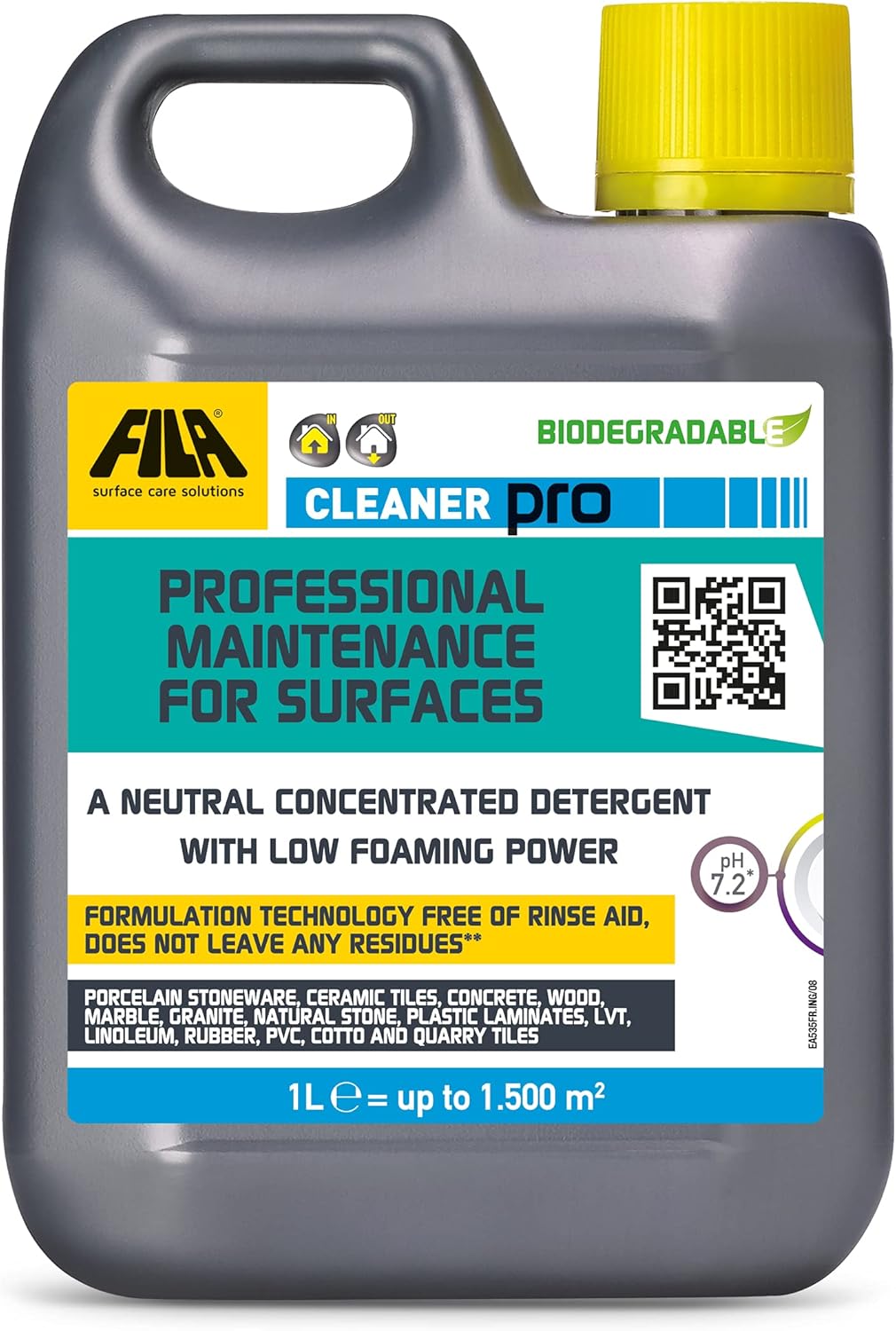
Fila Pro Floor Cleaner
|
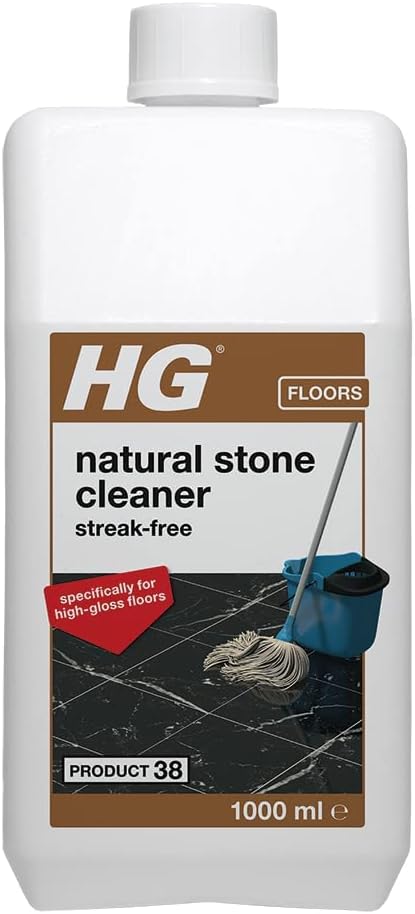
HG Natural Stone Cleaner 38
|
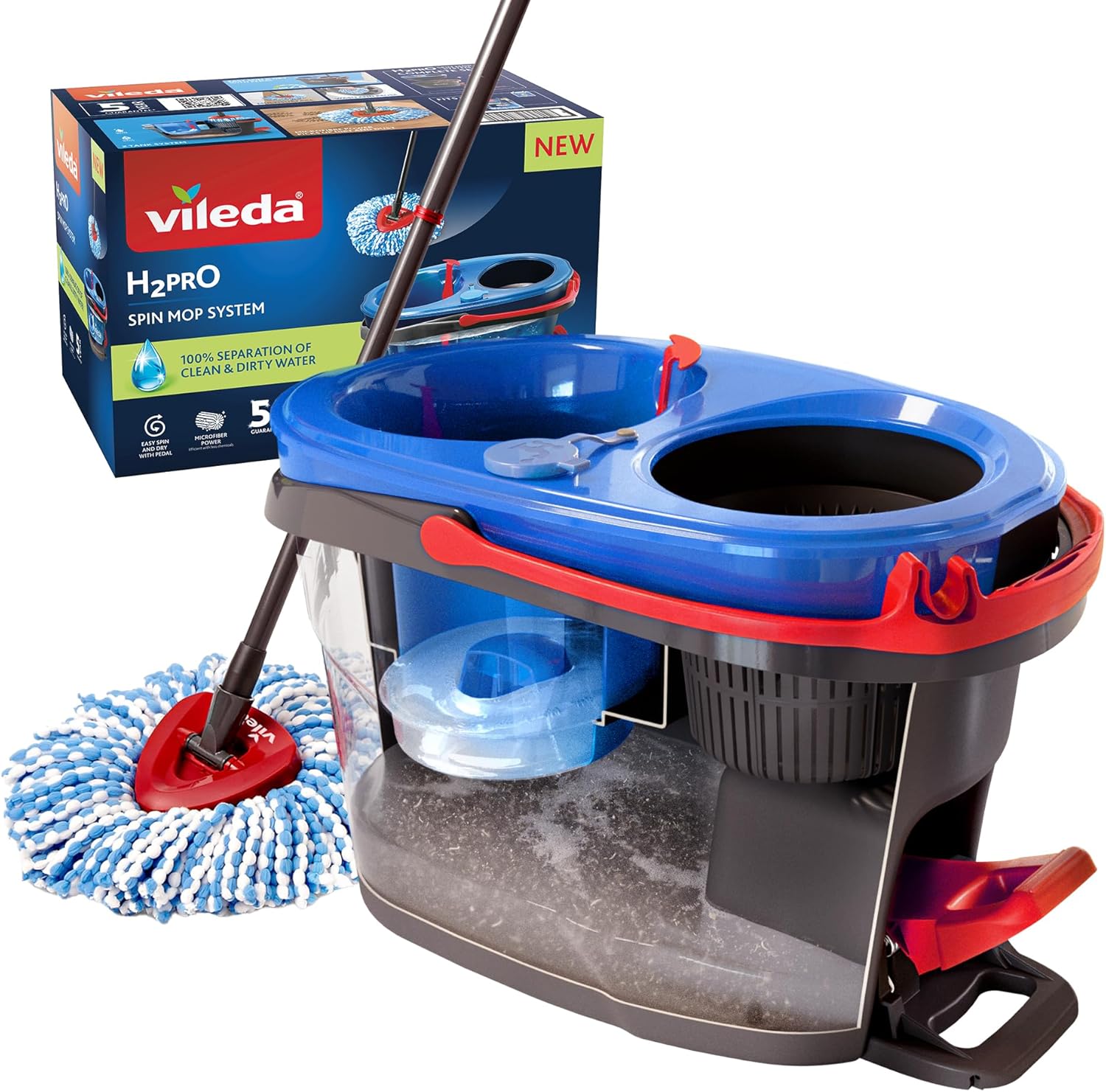
Vileda H2PrO Spin Mop System
|
What Are the Key Steps Involved in the Marble Restoration Process?
Marble restoration is a complex procedure aimed at repairing, honing, and polishing marble surfaces to restore their original beauty and brilliance. Over time, even with careful maintenance, these surfaces can become dull due to scratches, etching, and stains. The restoration process includes a series of meticulous techniques designed to eliminate these imperfections while safeguarding the marble from future damage.
Professional restoration companies utilize advanced tools and methods, such as diamond grinding and specialized polishing pads, which are far superior to any household cleaning products. During restoration, skilled technicians evaluate the marble’s condition and determine the necessary level of treatment, customizing their approach to meet the specific needs of the surface. This tailored strategy culminates in a finish that is not only visually stunning but also extends the marble’s lifespan, thus preserving its market value over time.
In the UK, where marble is often a favored choice for flooring and countertops, understanding this restoration process empowers homeowners to make informed decisions about home renovations or restorations. This knowledge allows homeowners to choose solutions that significantly enhance both the aesthetic appeal and longevity of their marble surfaces.
Why Is Hiring Professional Restoration Services Essential?
Engaging professional restoration services is critical for maintaining the integrity and charm of marble surfaces. While many homeowners may contemplate attempting restoration on their own, this can inadvertently cause damage, such as etching or inconsistent polishing. Professional restoration ensures that the correct techniques and products are applied, thereby preserving the marble’s finish and extending its lifespan.
One significant advantage of hiring specialists is their comprehensive knowledge of different types of marble and their unique properties. For instance, the restoration methods suitable for Carrara marble may differ from those appropriate for Calacatta marble. Professionals can accurately assess the requirements of the marble, applying the right techniques and products that are effective and safe for the surface.
Moreover, opting for professional restoration services can significantly boost your property’s value. A beautifully restored marble surface enhances the overall aesthetic appeal, serving as a compelling selling point should you decide to put your property on the market. By investing in expert services, you are not merely restoring a surface; you are protecting a valuable asset.
Contrasting DIY Restoration Methods with Professional Services
While DIY methods may initially seem cost-effective, they often fail to achieve the desired results. Homeowners may resort to harsh chemicals or unsuitable tools that can worsen damage to marble surfaces. For instance, the use of acidic cleaners can lead to etching, a common problem that detracts from the marble’s beauty.
In contrast, professional services come equipped with the necessary tools and expertise to effectively tackle various types of damage. They understand the right cleaning agents and techniques that can restore marble without causing harm. Furthermore, specialists are trained to detect underlying issues that may not be immediately visible, ensuring a thorough restoration process.
Investing in professional services can ultimately prove to be more economical over time. The costs associated with repeated DIY attempts, along with the potential need for extensive repairs, can greatly exceed the initial investment in expert restoration. Thus, when considering whether to hire a specialist, it is crucial to carefully evaluate the risks and benefits associated with both options.
Recognizing When Your Marble Requires Professional Restoration
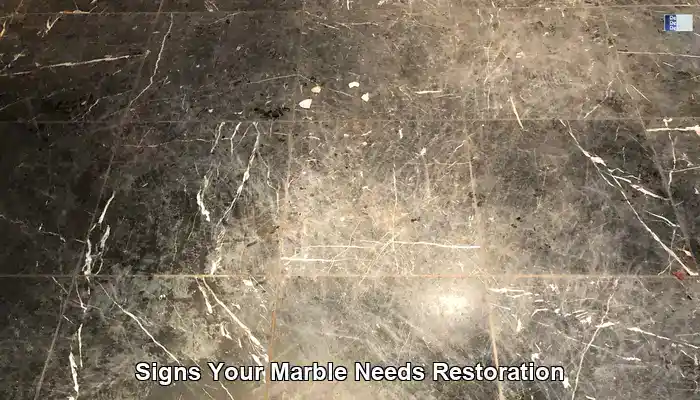
Identifying when your marble surfaces need professional intervention is crucial for maintaining their beauty. Ignoring minor issues can lead to significant damage that may prove costly to repair. So, how can you determine if your marble requires restoration?
Recognizing Key Indicators of Damage
Marble surfaces can exhibit various signs of damage over time. Common indicators include etching, which appears as dull, discolored patches on the surface; stains that can seep into the marble if not promptly addressed; and cracks that can compromise the structural integrity of the material. Additionally, a general lack of shine and dullness can be evident signs that your marble needs professional attention.
Etching is often caused by exposure to acidic substances like fruit juices or certain cleaning products. This type of damage can be subtle yet noticeable, especially when light reflects off the surface. Stains, on the other hand, tend to be more apparent and can arise from spills or ingrained dirt. If left untreated, these stains can become permanent, necessitating extensive restoration efforts.
Regularly inspecting your marble surfaces for these indicators can facilitate early detection of potential problems. If you notice a combination of these issues, it may be time to consult a specialist who can assess the damage and recommend appropriate restoration services.
When Should You Seek Professional Help?
Determining the right moment to seek professional assistance is vital for preserving the integrity of your marble surfaces. If you encounter significant damage or extensive staining, it is time to enlist the help of an expert. Trying to resolve these issues independently can lead to further complications, including irreversible damage.
Additionally, if you find yourself unsure about the best method for restoring your marble, consulting a specialist is advisable. They can provide a comprehensive evaluation and outline the necessary steps for effective restoration. This is particularly important in situations where damage is not immediately visible, such as subsurface cracks that could worsen over time.
In some cases, homeowners may attempt DIY restoration methods only to feel overwhelmed. If you have tried various cleaning solutions or techniques without success, do not hesitate to contact a professional. They possess the expertise necessary to navigate the complexities of marble restoration effectively.
Implementing Preventative Strategies for Marble Care
Preventative measures can greatly reduce the need for extensive restoration work. Regular cleaning is essential; using pH-neutral cleaners specifically designed for marble can help maintain its shine without causing damage. Avoid harsh chemicals and abrasive materials during cleaning to prevent unnecessary wear.
Another effective preventative measure is routine sealing. Applying a high-quality sealant every few years establishes a protective barrier that helps repel stains and moisture, ensuring long-lasting protection. This practice not only enhances the marble’s appearance but also extends its lifespan. A well-sealed surface is less likely to absorb spills, making it easier to maintain cleanliness.
Establishing a regular maintenance schedule that includes routine inspections and professional cleaning services can also aid in identifying potential issues before they escalate. By taking these proactive steps, you can keep your marble looking pristine for years to come, thereby minimizing the need for more intensive restoration in the future.
How to Choose the Right Specialist Company for Marble Restoration in the UK
Selecting the right specialist company for marble restoration in the UK requires thoughtful consideration of several key factors. The quality of service, reputation, and expertise of the company can significantly influence the success of your restoration project.
Assessing Qualifications and Certifications of Restoration Companies
When searching for a marble restoration company, it is essential to evaluate their qualifications and certifications. Seek out companies that have received training from reputable institutions and hold certifications that demonstrate their proficiency in marble care. This not only guarantees quality service but also indicates a commitment to industry standards.
In the UK, several professional associations focus on stone care and restoration. Membership in these organizations typically requires adherence to specific guidelines and best practices, which can further ensure the company’s reliability. For instance, companies affiliated with the Stone Federation Great Britain are recognized for their dedication to excellence in stone care.
Moreover, inquire about any specialized training that technicians have undergone. This expertise can significantly impact the restoration process, ensuring that the methods employed are appropriate and effective for the specific type of marble being treated.
Evaluating Experience and Reviewing Portfolios
Experience is a crucial consideration when selecting a marble restoration company. Firms with a long-standing history in the industry are often better equipped to manage various types of damage and possess extensive knowledge concerning different varieties of marble and finishes.
Reviewing a company’s portfolio can offer valuable insights into its capabilities and the quality of its work. A diverse portfolio showcasing a range of completed projects demonstrates versatility and expertise. Look for before-and-after images that illustrate the transformations achieved through their services.
Furthermore, consider asking the company for references from previous clients. Hearing about other customers’ experiences can provide valuable information regarding the quality of service and satisfaction levels. A reputable company should be willing to provide references upon request.
The Importance of Customer Reviews and Testimonials in Your Decision-Making Process
Customer reviews and testimonials are invaluable resources when selecting a marble restoration company. Online platforms such as Trustpilot or Google Reviews can provide insights into the experiences of past clients. Positive reviews often highlight aspects such as professionalism, quality of work, and customer service.
When browsing reviews, pay attention to specific details regarding the restoration process and the results achieved. Look for comments that mention the technicians’ expertise and the effectiveness of their techniques. Negative reviews can also be informative, helping you avoid companies that may not meet your expectations.
In addition to online reviews, consider seeking recommendations from friends, family, or professionals in the interior design or real estate sectors. Personal referrals often carry significant weight and can lead you to reputable restoration specialists.
Understanding Restoration Costs and Evaluating Value for Money
Gaining a clear understanding of the costs associated with marble restoration services is essential for effective budgeting. However, it is crucial to consider cost not just in terms of price but also concerning the value provided. Different companies may adopt varying pricing structures influenced by factors such as the area size, the extent of damage, and the techniques employed.
When comparing costs, ensure that you factor in the services included in the quote. A lower price may indicate a lack of thoroughness or the use of inferior materials. Conversely, a slightly higher cost may reflect a comprehensive service that includes assessment, cleaning, polishing, and sealing.
Obtaining multiple quotes from various companies can be beneficial. This approach allows you to compare not only prices but also the specific services provided. Look for companies that offer a detailed breakdown of their pricing, which can assist in evaluating the overall value for money.
Ultimately, investing in marble restoration should be viewed as an investment in your property. The long-term benefits of professional restoration, such as enhanced aesthetics and increased property value, can far outweigh the initial costs involved.
Understanding the Financial Aspects of Marble Restoration in the UK
Gaining insight into the costs associated with marble restoration in the UK can assist homeowners in making informed decisions regarding their budget and restoration requirements. Various factors can influence the price of restoration services, making it essential to evaluate these elements comprehensively.
Key Factors Influencing Restoration Costs
Several factors contribute to the overall cost of marble restoration. Firstly, the size of the area being restored plays a significant role; larger spaces require more time and materials, thus increasing the overall cost. Additionally, the extent of damage can greatly affect pricing—significant damage requiring extensive repairs will naturally incur higher costs compared to minor cleaning and polishing.
The type of marble also impacts the cost. Certain varieties are more challenging to restore due to their characteristics, necessitating more specialized techniques or materials. For example, softer marbles may be more difficult to polish without risking additional scratching, leading to increased costs.
The specific services required for restoration will also affect the overall price. Comprehensive services, including cleaning, grinding, polishing, and sealing, will generally be more expensive than basic cleaning. It’s essential to discuss your specific needs with potential restoration specialists to obtain an accurate quote tailored to your situation.
Strategic Budgeting for Restoration Projects
Budgeting for marble restoration necessitates careful planning and consideration. Start by evaluating the condition of your marble and identifying the areas that need attention. Once you have a clear understanding of the required services, request quotes from multiple restoration companies to obtain an accurate estimate.
It’s wise to set aside a contingency fund for unforeseen costs that may arise during the restoration process. Occasionally, underlying issues may be uncovered, necessitating additional work. Having a budget that accounts for these possibilities can help alleviate financial strain.
Consider categorizing your budget based on different aspects of restoration. For instance, allocate funds for cleaning, repairs, polishing, and sealing. By dividing expenses, you can monitor spending more effectively and ensure that all necessary aspects of restoration are adequately covered.
Evaluating Cost Against Value in Restoration Investments
When contemplating the cost of marble restoration, it is crucial to weigh the expense against the potential value gained. A well-restored marble surface not only enhances the visual appeal of your property but can also significantly increase its market value. Properties featuring high-quality finishes tend to attract more buyers and command a higher selling price.
In addition to increased property value, professional restoration can extend the life of your marble surfaces, reducing the necessity for frequent replacements or repairs. This long-term cost-saving aspect should not be overlooked when considering the initial investment in professional services.
Ultimately, the decision to invest in marble restoration should be approached as a strategic move. By prioritizing quality restoration, you ensure that your marble surfaces remain stunning and functional for many years to come, making it a wise financial decision in the long run.
A Comprehensive Overview of the Marble Restoration Process
Understanding the marble restoration process can clarify what to expect when collaborating with a specialist company. Each phase is crucial in ensuring that the marble is beautifully restored and protected for the future.
The Initial Assessment Phase
The marble restoration process begins with an initial assessment conducted by a qualified specialist. This evaluation is essential, as it enables the technician to determine the condition of the marble and identify specific areas needing attention. They will inspect for signs of damage, such as scratches, stains, and etching, as well as any structural issues, including cracks.
During this phase, the technician may also note the marble’s finish and the specific type of marble involved. Understanding these details is critical for determining the most effective restoration techniques to employ. An accurate diagnosis can significantly influence the success of the restoration, ensuring that appropriate methods and products are utilized.
The initial assessment is often complemented by a discussion with the homeowner regarding their expectations and any concerns they may have. This interaction is vital for aligning the restoration process with the homeowner’s vision, ensuring satisfaction with the final result.
Cleaning and Repairing Marble Surfaces
Once the assessment is complete, the next step focuses on cleaning and repairing the marble surfaces. Thorough cleaning is essential to eliminate dirt, grime, and residues left by previous cleaning products. This process often employs specialized cleaning agents that are safe for marble, ensuring the integrity of the surface is maintained.
Following the cleaning, any necessary repairs will be addressed. This may include filling in cracks or chips using materials that match the color and texture of the marble. Effective repair work is crucial; if cracks are neglected, they can expand over time, leading to further damage.
In some cases, technicians may also employ honing techniques to rectify surface imperfections. This procedure not only enhances the overall aesthetics but also prepares the surface for polishing, ensuring a smooth finish.
Polishing and Sealing Procedures
Once the marble has been cleaned and repaired, the polishing phase commences. This step is vital for restoring the marble’s original shine and beauty. Technicians utilize a series of progressively finer polishing pads to achieve a high-gloss finish that enhances the marble’s color and patterns.
Polishing not only improves appearance but also provides a degree of protection for the surface. Following the polishing process, a high-quality sealant is typically applied. Sealing the marble creates a barrier against stains and moisture, making it easier to maintain the surface over time. This step can significantly extend the lifespan of the marble, reducing the likelihood of damage.
Selecting the appropriate sealant is critical; various options are available, ranging from penetrating sealers to topical sealers. The choice often depends on the marble type and the level of protection needed. A professional technician will recommend the most suitable option based on their assessment.
Grouting and Filling Gaps in Marble Installations
When marble surfaces are installed as tiles, grouting and filling become essential components of the restoration process. Grout is used to fill the spaces between tiles, creating a seamless appearance while also preventing moisture from penetrating beneath the surface.
Technicians meticulously apply grout, ensuring it matches the color and texture of the marble. Proper grouting enhances the aesthetic appeal and contributes to the durability of the marble installation. A well-grouted surface helps prevent issues such as mold and mildew, which can arise from moisture retention.
Furthermore, filling gaps with appropriate materials is crucial for creating a smooth surface. Filling compounds should be selected based on the specific type of marble and the nature of the damage being addressed. This attention to detail ensures that the final restoration appears cohesive and flawless.
Final Inspection and Maintenance Recommendations
Upon completing the restoration process, a final inspection is conducted to ensure quality standards are met. Technicians will assess the overall appearance and functionality of the marble surfaces, verifying that all aspects of the restoration have been executed correctly.
After the inspection is complete, specialists often provide homeowners with maintenance recommendations to ensure the longevity of the restored marble. This may include suggestions on cleaning products, sealing schedules, and optimal daily care practices. Proper maintenance is essential for preserving the results of the restoration effort.
By adhering to the maintenance guidelines provided, homeowners can maximize the lifespan and beauty of their marble surfaces. This proactive approach not only enhances the aesthetic appeal of the space but also protects the investment made in professional restoration.
Strategies for Maintaining Restored Marble Surfaces
After investing in professional marble restoration, maintaining the newly restored surfaces is essential to ensure their longevity and beauty. Proper care can prevent further damage and keep marble looking its best for years to come.
Daily Care Practices for Marble Surfaces
Daily care for marble surfaces involves straightforward yet effective practices that contribute to their upkeep. Utilizing pH-neutral cleaners specifically formulated for marble is crucial, as these products help maintain the surface without causing damage. Avoid abrasive scrubbers or harsh chemicals, as these can scratch or dull the finish.
For routine cleaning, use a soft cloth or mop to promptly remove dust and spills. This practice prevents harmful substances from settling into the marble, reducing the risk of staining. In cases of spills, they should be blotted immediately rather than wiped, as wiping can spread the stain further.
In addition to daily cleaning, regularly inspecting the marble can help catch potential issues early. Look for signs of wear or damage, such as dull spots or new stains, and address these promptly to avert costly repairs in the future.
Establishing a Consistent Maintenance Schedule
Creating a routine maintenance schedule is essential for prolonging the life of your marble surfaces. This schedule should include periodic professional cleaning and sealing, which helps refresh the marble’s appearance and protect it from stains.
Sealing should generally occur every 1-3 years, depending on usage and the specific type of marble. A professional can assist in determining the appropriate sealing frequency based on the marble’s condition and the surrounding environment.
In addition to sealing, consider scheduling professional inspections to evaluate the condition of your marble. These inspections can help identify potential issues that may require attention before they worsen, ensuring the continued beauty and integrity of your surfaces.
Recognizing When Additional Restoration Is Necessary
Monitoring the condition of your marble surfaces will help you determine when professional restoration may be needed again. If you notice signs of new damage, such as staining or dull spots, it’s advisable to consult a specialist. Catching these issues early can prevent the need for extensive restoration work later.
Scheduling further restoration is also essential if you plan to alter the layout or use of the space. For instance, if you are renovating a kitchen or bathroom, the increased activity may necessitate professional intervention to restore the marble’s appearance.
Regular assessments and timely interventions can help maintain the marble’s beauty and value. By remaining proactive, you ensure that your investment in marble continues to yield both aesthetic and functional benefits.
Effective Approaches for Managing Stains and Spills
Addressing stains and spills promptly is vital for preserving the appearance of your marble surfaces. If a spill occurs, it is crucial to act quickly—blot the area with a soft cloth instead of rubbing, which can spread the stain further.
For persistent stains, using a suitable stain remover specifically designed for marble is recommended. Numerous products cater to different types of stains, such as wine or oil. Always test any product on a small, inconspicuous area first to check for adverse reactions.
In addition to commercial stain removers, some homeowners opt to create homemade poultices, using ingredients like baking soda and water to draw out the stain. This method can be effective but requires patience and care to avoid damaging the marble.
Proper care and timely interventions can significantly impact the preservation of your marble surfaces, ensuring they remain a stunning focal point in your home or business.
Frequently Asked Questions about Marble Restoration
What Does the Marble Restoration Process Involve?
Marble restoration encompasses a comprehensive approach that includes cleaning, repairing, polishing, and sealing marble surfaces to revive their original appearance and protect them from future damage.
How Often Should I Have My Marble Professionally Restored?
Typically, marble should undergo professional restoration every 1 to 3 years, depending on usage and wear. Regular maintenance can extend this timeframe.
Can I Attempt to Restore Marble on My Own?
While DIY restoration is feasible, it often carries risks such as further damage. Professional services ensure that proper techniques and tools are utilized.
What Are the Signs That My Marble Needs Restoration?
Signs indicating the need for restoration include dullness, etching, cracks, and deep stains. If these issues are present, professional restoration may be necessary.
How Much Does Marble Restoration Typically Cost in the UK?
Costs vary based on the area size, extent of damage, and required services. On average, restoration can range from £15 to £30 per square metre.
Is Professional Restoration a Worthwhile Investment?
Yes, professional restoration enhances the beauty and value of marble surfaces, making it a worthy investment for homeowners.
How Long Does the Restoration Process Usually Take?
The duration of the restoration process depends on the damage level and area size, but it typically takes 1-3 days for most projects.
What Type of Cleaning Products Should I Use on Marble?
Utilize pH-neutral cleaners specifically formulated for marble to prevent damage to the surface. Avoid harsh chemicals and acidic products.
How Can I Prevent Future Damage to My Marble?
Regular cleaning, sealing every 1-3 years, and promptly addressing spills can prevent future damage and maintain the marble’s appearance.
What Should I Do If I Notice a Stain on My Marble?
Act quickly by blotting the area with a soft cloth and using a suitable stain remover for the specific type of stain. Always test any product on a small area first.
The Article Do I Need a Specialist Company for Marble Restoration in East Renfrewshire first found on https://www.abbeyfloorcare.co.uk
The Article Specialist Company for Marble Restoration in East Renfrewshire: Is It Necessary? appeared first on https://fabritec.org
The Article Marble Restoration in East Renfrewshire: Do You Need a Specialist? Was Found On https://limitsofstrategy.com
The Article Marble Restoration: Seeking Specialists in East Renfrewshire? First Appeared ON
: https://ad4sc.com

Comments are closed